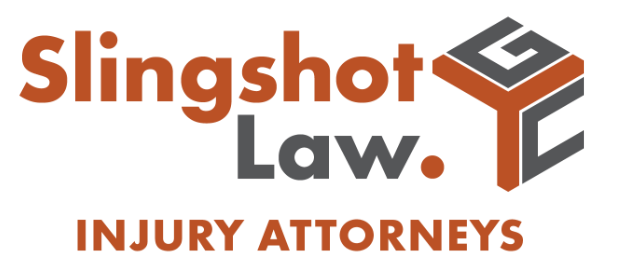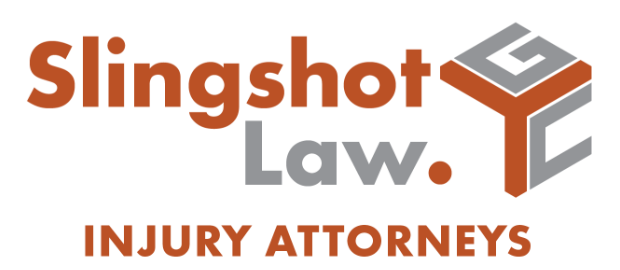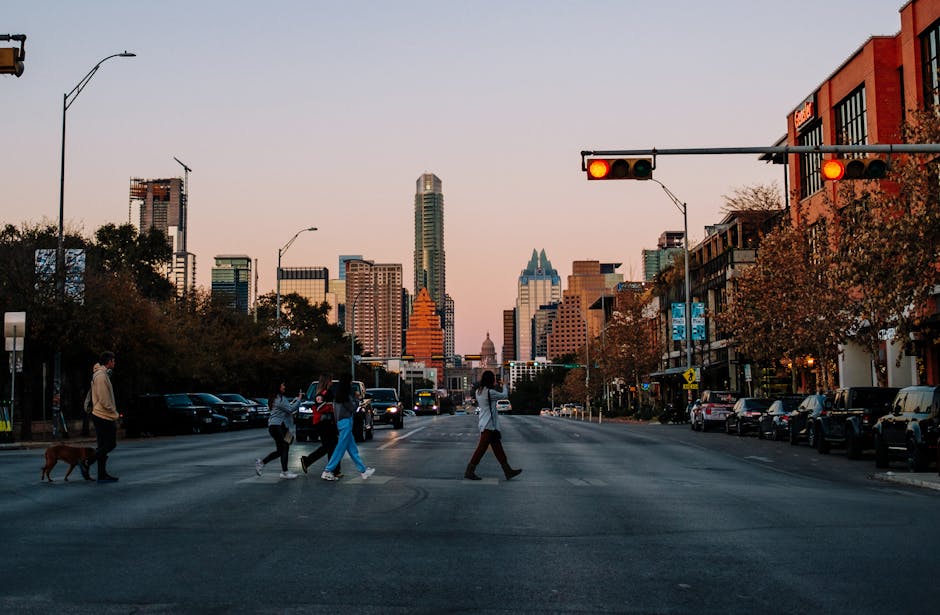The Alarming Rise of Pedestrian Accidents in Austin
An Austin pedestrian accident lawyer specializes in representing individuals who have been struck by vehicles while walking in the Austin area. If you’ve been injured as a pedestrian, here’s what you need to know:
- Immediate Steps: Seek medical care, document the scene, call police, gather witness information
- Legal Timeline: 2-year statute of limitations in Texas for filing claims
- Potential Compensation: Medical expenses, lost wages, pain and suffering
- Liability Factors: Driver negligence, comparative fault rules, possible third-party liability
- Attorney Benefits: Case investigation, insurance negotiation, maximizing compensation value
Pedestrian accidents in Austin have reached alarming levels, with 79 fatalities reported in 2020 alone according to the Texas Department of Transportation. These aren’t just statistics – they represent real people whose lives were forever changed in an instant.
When a pedestrian and a vehicle collide, the results are almost always devastating for the person on foot. Without the protective shell of a car, pedestrians typically suffer severe injuries including broken bones, traumatic brain injuries, spinal cord damage, and internal injuries.
Texas ranks among the highest states for pedestrian fatalities, with pedestrian deaths accounting for nearly one in five of all traffic fatalities statewide. This crisis has prompted Austin to join the Vision Zero program, which aims to eliminate traffic fatalities – but progress has been slow.
Insurance companies often attempt to shift blame to injured pedestrians to minimize payouts. This tactic, combined with the complexity of Texas comparative negligence laws, makes having skilled legal representation essential for recovering fair compensation.
Why choose an Austin pedestrian accident lawyer? Because navigating the aftermath of a pedestrian accident requires specialized knowledge of both medical evidence and Texas liability laws. The right attorney doesn’t just file paperwork – they investigate the accident, gather crucial evidence, handle aggressive insurance adjusters, and fight for the full compensation you deserve.

Quick Austin pedestrian accident lawyer terms:
– Austin bicycle accident lawyer
– Austin hit and run lawyer
– Car accident legal advice
What to Do Immediately After a Pedestrian Accident in Austin
Those first moments after being hit by a vehicle can feel like a blur. Your heart races, adrenaline surges, and you might not even realize the extent of your injuries. What you do next matters—both for your health and your potential case.
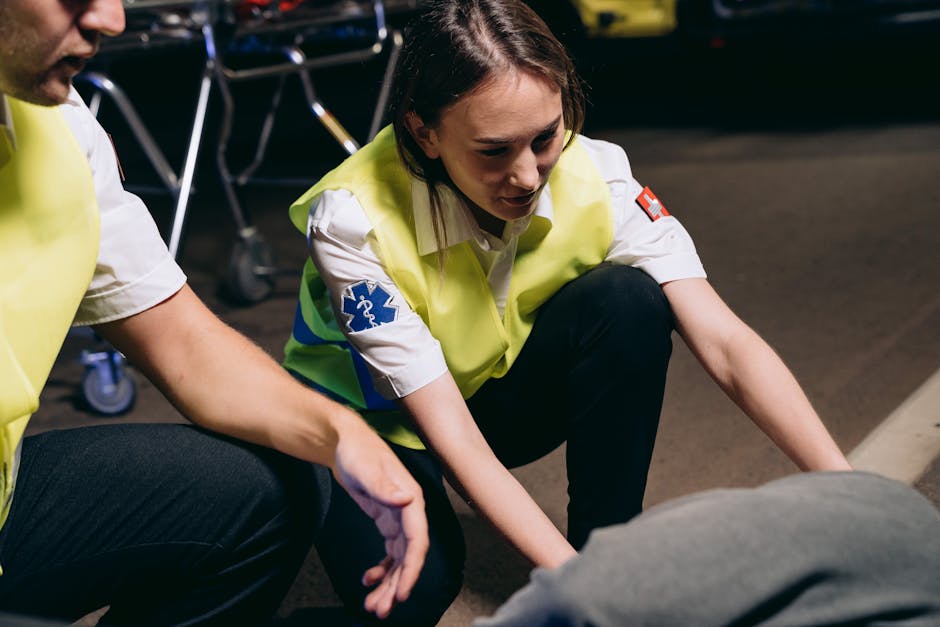
Protecting Your Health First
Your wellbeing trumps everything else right now. Even if you think you’ve escaped with just a few scrapes, your body may be hiding more serious injuries.
Call 911 immediately—or ask someone nearby to make the call if you’re unable. Request both police and medical responders. Those first moments of professional medical evaluation can be lifesaving, especially with injuries you can’t see or feel yet.
Many pedestrians experience anterograde amnesia after a traumatic brain injury—you might not even remember the accident or recognize that you’re hurt. That’s why accepting EMS evaluation at the scene is important, even if you feel “fine.”
If paramedics suggest hospital transport, go with them. If you decline the ambulance (though we don’t recommend this), have someone drive you straight to an emergency room. Those medical records establish the crucial link between the accident and your injuries.
Don’t skip follow-up care. Your primary doctor and specialists are vital to your recovery. Each appointment creates documentation of your injuries—invaluable if you need to seek compensation later.
Preserving Critical Evidence
While your health comes first, evidence at the scene disappears quickly. If you’re able (or have someone who can help), capturing this evidence can make or break your case.
Take photos from multiple angles showing exactly where you were hit, any skid marks, traffic signals, crosswalks, and weather conditions. Document your visible injuries and damage to the vehicle.
Get the driver’s information including their full name, contact details, driver’s license number, license plate, and insurance information. If the driver seems reluctant, wait for police to arrive.
Witness accounts can be powerful evidence. Collect names and phone numbers from anyone who saw what happened. Their unbiased perspective often proves invaluable when insurance companies try to shift blame.
Preserve your clothing and shoes exactly as they are—don’t wash them. Those tire marks or torn fabric might help accident reconstructionists understand exactly what happened.
Look around for surveillance cameras from nearby businesses, traffic signals, or doorbell cameras that might have caught the incident.
Once police arrive, make sure they file a report and get the report number before leaving the scene.
Notifying Insurers Without Hurting Your Claim
Insurance adjusters start building their defense from your first conversation. Here’s how to protect yourself:
Notify your own insurance company promptly, but stick to the basic facts—date, time, location, and that you were injured. More detailed statements can wait until you’ve spoken with an Austin pedestrian accident lawyer.
When the at-fault driver’s insurance company calls, be polite but firm. You’re not required to give them a recorded statement, sign medical releases, or accept their initial settlement offer—which is almost always far below what your case is worth.
Those friendly conversations with adjusters aren’t casual chats. They’re strategic attempts to find statements they can use against you later.
This is why contacting an Austin pedestrian accident lawyer early is crucial. They can handle these communications for you while you focus on healing.
More info about what to do after a crash
Understanding Common Causes and Injuries in Austin Pedestrian Accidents
When a person on foot meets a vehicle on Austin’s busy streets, the outcome is rarely good for the pedestrian. These accidents don’t just happen by chance – they follow patterns that can help us better understand both prevention and fair compensation.
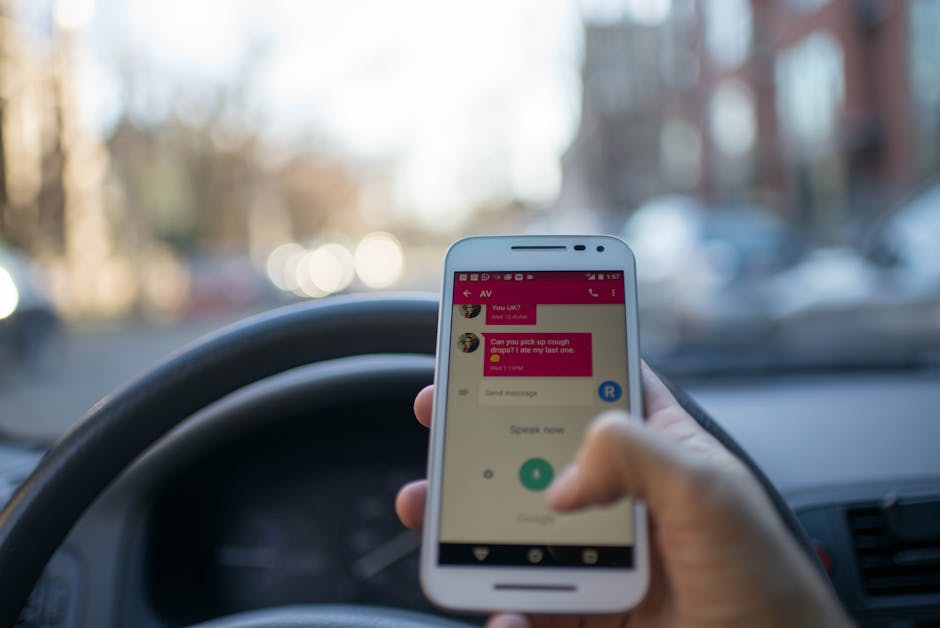
Top Risk Factors Across Austin Neighborhoods
Austin’s unique character creates specific danger zones for pedestrians that vary by neighborhood and time of day.
Downtown Austin’s congestion creates a perfect storm for pedestrian accidents, with drivers often distracted by navigation apps or looking for parking. Just a few seconds of looking away from the road can mean missing someone in a crosswalk.
The vibrant nightlife around Sixth Street, Rainey Street, and South Congress brings its own dangers. When bars close, the combination of impaired drivers and pedestrians creates a particularly dangerous situation. In fact, most pedestrian accidents in Texas happen after dark – a sobering 80% between 2014-2016.
East Austin’s rapid development means constant construction zones with temporary walkways and confusing detours that put pedestrians at risk. Meanwhile, South Congress’s popular food truck culture creates unique hazards with people moving between vendors in areas not designed for foot traffic.
Austin pedestrian accident lawyer cases often involve drivers failing to yield at crosswalks, especially around the UT campus where thousands of students cross streets daily. Speed is another killer – particularly on frontage roads along Mopac and I-35 where drivers often exceed limits.
The city’s Vision Zero initiative has identified several high-risk corridors including sections of Lamar Boulevard, Riverside Drive, and Pleasant Valley Road where pedestrian accidents occur with alarming frequency.
Frequent Injuries Suffered by Pedestrians
When a 4,000-pound vehicle strikes someone walking, the human body simply cannot withstand the impact without serious damage.
Broken bones are almost inevitable in pedestrian accidents. Unlike minor fractures from a fall, vehicle impacts often cause complex or compound fractures requiring surgery, metal plates and screws, and months of rehabilitation. Hip fractures are particularly common and devastating, especially for older pedestrians.
Traumatic brain injuries can change a person’s entire life in seconds. Even what doctors call “mild” TBIs can lead to personality changes, memory problems, and difficulty concentrating. More severe brain injuries may require lifelong care.
Spinal cord damage ranks among the most catastrophic outcomes. Whether it’s herniated discs causing chronic pain or more severe injuries leading to paralysis, spinal injuries typically mean a lifetime of medical treatments and adaptive equipment.
The force of impact often causes internal bleeding that may not be immediately apparent – one reason why medical evaluation is crucial even if you feel “okay” after being hit.
Beyond the physical trauma, many victims develop psychological injuries including PTSD, anxiety, and depression. The emotional impact can be equally debilitating – leaving victims afraid to walk near roadways or suffering flashbacks.
The medical costs for treating these injuries can quickly reach hundreds of thousands of dollars. An experienced Austin pedestrian accident lawyer understands how to calculate not just current medical bills but also future care needs and the very real cost of pain and suffering.
Scientific research on brain injuries
Fault, Liability, and Compensation Under Texas Law
When you’re hit by a vehicle while walking, figuring out who’s legally responsible isn’t always black and white. Texas law has specific frameworks that determine who pays and how much you might receive.
Determining Who Pays After a Crash
The question of “who’s responsible?” often has a complicated answer. In most cases, the driver bears primary responsibility through actions like texting while driving, speeding through a crosswalk, or running a red light. But multiple parties might share the blame.
While driver negligence is common, your own actions as a pedestrian matter too. Texas law considers whether you were jaywalking, crossing against signals, or walking while distracted. This doesn’t mean you can’t recover damages, but it might affect how much you receive.
Sometimes the problem goes beyond just the driver and pedestrian. Poorly designed crosswalks, broken traffic signals, or inadequate street lighting might mean government entities share responsibility. In other situations, a vehicle’s defective parts could put some blame on the manufacturer. And if the driver was on the clock, their employer might be liable too.
Texas follows “modified comparative negligence” with a 51% bar rule. In plain English: if you’re found less than 51% responsible, you can still recover money, but your compensation gets reduced by your percentage of fault. If you’re found 51% or more at fault, you can’t recover anything at all.
Damages You Can Recover
After a pedestrian accident, two main types of compensation exist: economic and non-economic damages.
Economic damages cover all the things you can put a precise dollar figure on. This includes your medical bills (both current and future), physical therapy costs, lost wages while you recover, and any reduced earning capacity. It also covers practical expenses like fixing damaged property, modifying your home for new disabilities, and transportation to medical appointments.
Non-economic damages address the human cost that doesn’t come with a receipt. This means your physical pain and emotional suffering, the activities you can no longer enjoy, visible scarring or disfigurement, and the impact on your personal relationships.
In rare cases involving extreme recklessness or intentional harm, punitive damages might be available. These additional funds aren’t meant to compensate you but rather to punish truly outrageous behavior.
Unlike some states, Texas generally doesn’t cap damages in personal injury cases (with exceptions for medical malpractice and government entities).
Deadlines and Procedural Traps
The clock starts ticking the moment your accident happens. Under Texas Civil Practice & Remedies Code Sec. 16.003, you generally have just two years to file a lawsuit. Miss this deadline, and you’ll likely lose your right to compensation permanently.
The timeline gets even tighter if government liability is involved. For accidents related to city property or employees, you might have as little as six months to file a formal notice of claim.
Evidence disappears quickly after an accident. Surveillance footage gets overwritten, witnesses move away, and physical evidence vanishes. An Austin pedestrian accident lawyer can send spoliation letters to preserve crucial evidence before it’s gone forever.
Insurance policies often have their own notification deadlines, which can be much shorter than the legal statute of limitations. This complex web of deadlines is why consulting with an attorney early can make all the difference.
How an Austin Pedestrian Accident Lawyer Levels the Playing Field
After a pedestrian accident, you’re not just fighting for your health—you’re up against insurance companies with teams of adjusters and attorneys whose job is to minimize your compensation. Here’s how an Austin pedestrian accident lawyer levels the playing field.

Why Hire an Austin Pedestrian Accident Lawyer Early?
When you’re lying in a hospital bed trying to make sense of what happened, the last thing you need is an insurance adjuster pressuring you to accept a quick settlement. This is precisely when having an Austin pedestrian accident lawyer matters most.
Evidence in pedestrian accidents has a frustrating habit of disappearing quickly. Surveillance footage gets overwritten, skid marks wash away, and witnesses move on. Your attorney can immediately send evidence preservation letters and secure the vehicle’s black box data before it’s too late.
Insurance companies aren’t in business to hand out fair settlements. They’re hoping to catch you at your most vulnerable—before you understand the full extent of your injuries or have legal protection. When you have representation, they must go through your attorney instead, shutting down their direct access to you.
Medical bills pile up quickly after a pedestrian accident. Your lawyer can connect you with specialists who understand how to document your injuries properly. They can also negotiate with medical providers to reduce or delay bills until your case resolves.
Perhaps most importantly, having an Austin pedestrian accident lawyer means you can concentrate on recovery while they handle the legal heavy lifting. At Gibbs & Crivelli, we advance all case costs and work on contingency—meaning you pay nothing unless we win your case.
Choosing the Right Advocate
Finding the right attorney after a traumatic pedestrian accident can feel overwhelming. Not all personal injury lawyers have the specific experience needed for these complex cases.
Look for an Austin pedestrian accident lawyer who regularly handles similar cases, not just general car accidents. Pedestrian claims involve unique challenges, from establishing right-of-way to documenting the often catastrophic injuries that result from vehicle-pedestrian impacts.
Trial experience matters tremendously. Many lawyers build their entire practice around settling cases quickly—sometimes too quickly and for too little. At Gibbs & Crivelli, our willingness to take cases all the way to trial often results in better settlement offers because insurance companies know we’re not bluffing.
The attorney-client relationship should be direct and personal. If you’re mainly communicating with paralegals or case managers, that’s a red flag. You deserve an advocate who knows you by name and is personally invested in your outcome.
Austin’s unique landscape—from the pedestrian-heavy downtown to the dangerous highway frontage roads—creates specific challenges in these cases. A local attorney understands these nuances and how they affect your claim.
Austin Pedestrian Accident Lawyer Case Results Snapshot
While we can’t promise specific outcomes, our track record speaks to our commitment to maximizing client recovery. We’ve secured a $1,000,000 settlement for a pedestrian struck by a commercial vehicle who suffered serious hip and arm injuries. We’ve also obtained numerous six-figure settlements for clients injured in crosswalk accidents.
What sets us apart isn’t just the settlement amounts—it’s our transparency about what you’ll actually receive. We’re upfront about attorney fees and case expenses, ensuring you understand exactly how much will go into your pocket after all deductions.
The right Austin pedestrian accident lawyer doesn’t just file paperwork—they become your advocate, investigator, negotiator, and sometimes your counselor during one of life’s most challenging chapters.
More info about Austin Pedestrian Accident Lawyer services
Frequently Asked Questions about Austin Pedestrian Accident Cases
Can I recover compensation if I was jaywalking?
Yes, you can still receive compensation even if you weren’t in a crosswalk when the accident happened. Texas doesn’t automatically disqualify you from recovery just because you were jaywalking.
Texas follows “modified comparative negligence” with a 51% threshold. In plain English, this means as long as you weren’t mostly responsible for what happened, you can still recover damages – though your compensation will be reduced by your share of the blame.
For instance, imagine you were jaywalking, but the driver who hit you was speeding and texting. A jury might find you 30% at fault and the driver 70% responsible. With $100,000 in damages, you’d receive $70,000 after your portion of fault is subtracted.
Every pedestrian accident has its own unique circumstances. Your Austin pedestrian accident lawyer will look at factors like how far you were from a marked crosswalk, whether it was dark, if the driver was impaired, and local pedestrian patterns to build your strongest possible case.
Remember – jaywalking doesn’t automatically make the accident your fault. Drivers still have a duty to remain alert and avoid hitting pedestrians, regardless of where they’re crossing.
What evidence does my Austin pedestrian accident lawyer need?
Evidence makes or breaks pedestrian accident cases. Your Austin pedestrian accident lawyer will work to gather as much supporting documentation as possible, including:
The police report serves as the foundation of your case, establishing basic facts and sometimes including the officer’s opinion on who was at fault. Your complete medical records tell the story of your injuries – from emergency room visits to ongoing physical therapy.
Photos and videos are incredibly powerful evidence. Images of the accident scene, your injuries throughout recovery, vehicle damage, and road conditions can speak volumes. If you’re lucky, nearby surveillance cameras might have captured the actual collision.
Witness information is crucial since these neutral third parties can provide unbiased accounts of what happened. Your employment documentation helps prove lost wages and time missed from work.
In more complex cases, we might need expert opinions from accident reconstructionists, medical specialists, or economic analysts to strengthen certain aspects of your claim.
Don’t underestimate the value of your personal documentation either. Keeping a journal of your pain levels, recovery progress, and how the injuries affect your daily life creates compelling evidence of your non-economic damages.
How long will my case take to settle or go to trial?
Every pedestrian accident case follows its own timeline, but several key factors influence how long yours might take.
Most importantly, we typically recommend waiting until you’ve reached maximum medical improvement (MMI) before settling. This is the point where your doctors believe your condition has stabilized, and we have a clear picture of your long-term prognosis. Rushing to settle before this point could leave significant money on the table.
The insurance company’s approach makes a huge difference too. Some insurers negotiate reasonably; others seem to delay and deny as standard practice. We’ve found that preparing every case as if it’s going to trial often motivates insurance companies to offer fair settlements earlier.
Case complexity matters as well. When liability is crystal clear, cases tend to resolve faster than those with disputed fault or multiple parties who might be responsible.
For minor to moderate injuries with clear liability, you might see resolution within 6-12 months. More serious injuries or disputed cases typically take 1-2 years. If we need to go to trial, expect 2+ years before final resolution.
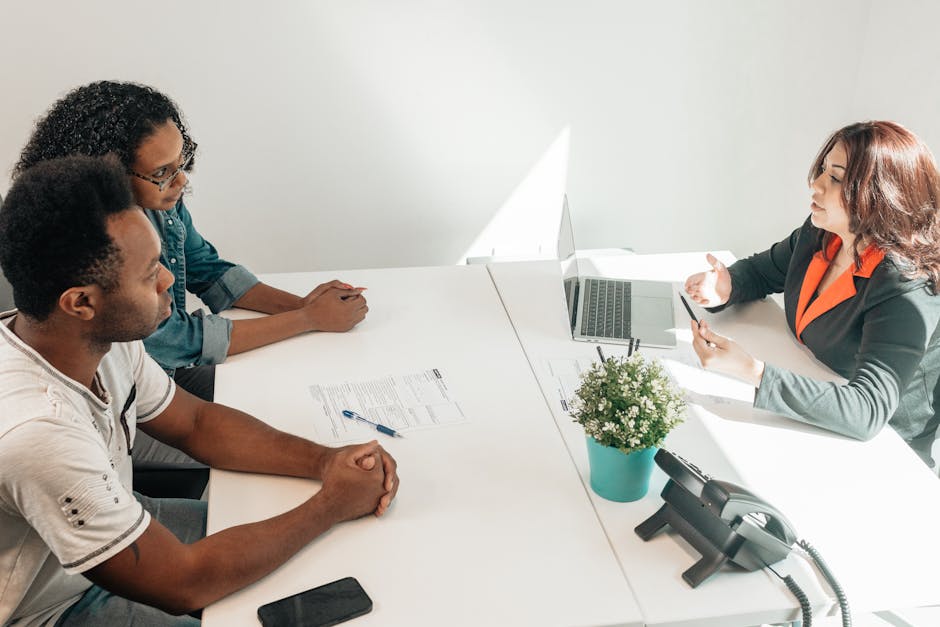
Conclusion
Pedestrian accidents in Austin create life-altering challenges for victims and their families. From devastating physical injuries to overwhelming financial burdens, the impact can be profound and long-lasting. However, you don’t have to face these challenges alone.
The right Austin pedestrian accident lawyer can make all the difference in your recovery journey. At Gibbs & Crivelli – Slingshot Law, we’re committed to fighting for the full and fair compensation you deserve. Our approach combines:
- Thorough investigation to establish liability and document all damages
- Strategic negotiation with insurance companies to maximize your settlement
- Trial readiness that shows insurers we’re serious about getting you fair compensation
- Compassionate support throughout the legal process so you can focus on healing
Texas law provides limited time to pursue your claim. The two-year statute of limitations means that delaying legal action could jeopardize your right to compensation entirely. Additionally, critical evidence disappears quickly after an accident, making prompt legal representation essential.
Whether you were struck in a crosswalk, at an intersection, or along one of Austin’s busy streets, we understand the unique challenges of pedestrian accident cases. Our experience with local courts, insurance companies, and Austin’s specific traffic patterns gives our clients an advantage in pursuing justice.

We offer free consultations to discuss your case and explain your legal options without any obligation. Our contingency fee structure means you pay nothing unless we win your case, aligning our interests with yours from day one.
Don’t let insurance companies minimize your suffering or deny you fair compensation. Contact Gibbs & Crivelli – Slingshot Law today to start your path to recovery with advocates who truly care about your future.
